 Notes: nsb learning & memory 2
Notes: nsb learning & memory 2
Similar resources:
- All
- Lecture Notes

NSB Neuroscience Notes: Pain
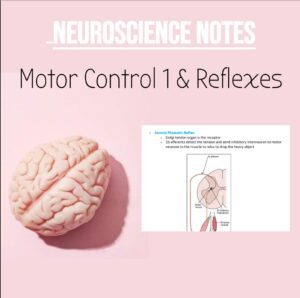
NSB Neuroscience Notes: Motor Control & Reflexes
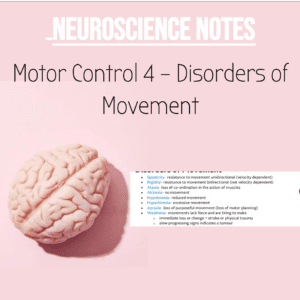
NSB Neuroscience Notes: Disorders of Movement

NSB Neuroscience Notes: Sensory Transduction & Receptors
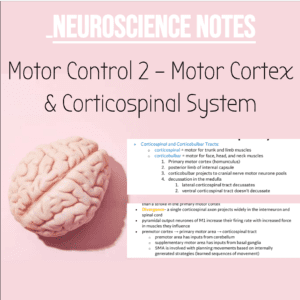
NSB Neuroscience Notes: Motor Control 2
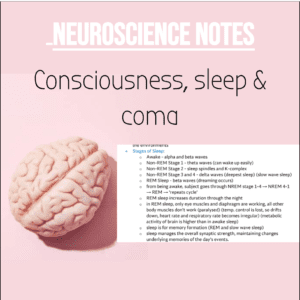
NSB Neuroscience Notes: Consciousness, Sleep and Coma
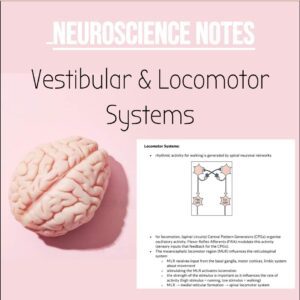
NSB Neuroscience Notes: Vestibular & Locomotor Control
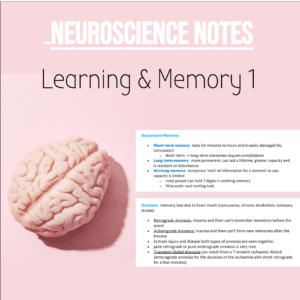
NSB Neuroscience Notes: Learning & Memory
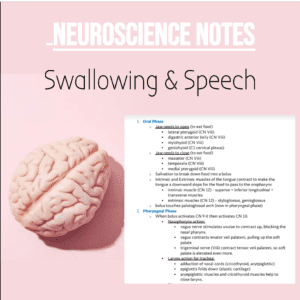
NSB Neuroscience Notes: Swallowing & Speech
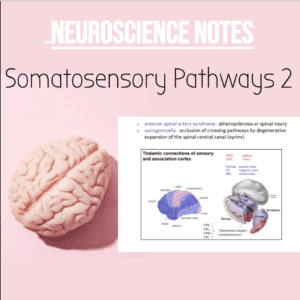
NSB Neuroscience Notes: Somatosensory System 2
Y2, Y2Notes, Y2 NSB, Neuro Notes, Neuroscience, Christopher Yeo, Chris Yeo, NSBNeuro
N&B Neuroscience: Learning and Memory 2
Procedural/ Non-declarative Memory:
• Non-associative learning-
o Habituation- the gradual waning of a response with repeated presentations of a
stimulus (tapping of a tree branch on a window)
o Sensitization- the enhancement of responses to a stimulus after exposure to a
highly arousing event (tree branch hits window loudly)
▪ can go on to habituate (provokes a response that was previously there)
• Associative learning-
o Classical conditioning- subjects learn the predictive value of one event for
another. one stimulus is associated with another (ringing of a bell signals food)
o Operant conditioning (instrumental learning)- subjects learn that their
responses have behaviourally significant outcomes. appropriate responses are
reinforced by behavioural outcomes (opening a door can lead to food) (a
response becomes associated with a particular reward)
• Hebb’s Rule- ‘Cells that fire together wire together’. As cell A is used more to
activate cell B metabolic changes occur in one or both or the neurones so that the
firing efficiency is increased.
o AMPA receptors allow Na+ to enter the post-synaptic neurone
o NMDA receptors have a Mg2+ block. When the post-synaptic neurone is
depolarised, the Mg2+ block is removed and Ca2+ can enter
o glutamate works to receptors
• Long-term Potentiation- (how to form memory)
o induced by strong high-frequency tetanus that leads to a long-lasting action
potential
o this releases glutamate which acts on AMPA, which starts to depolarise the
post-synaptic neurone
o when the post-synaptic neurone is at the right level, the Mg2+ block in
NMDA receptors is removed and Ca2+ can enter the cell.
o Ca2+ can cause more AMPA receptors to be embedded in the post-synaptic
membrane via protein kinases so in the future, a lower AP is needed to
depolarise the neurone
o there can also be a growth in the number of contacts between neurones
• Long-term Depression- (how to forget information)
o When Ca2+ levels are lower, LTD can occur.
o information storage needs LTP and LTD, otherwise neural networks would get
saturated throughout a lifetime.
• Cerebellar Long-Term Depression:
o high Ca2+ = LTD in cerebellum
▪ climbing fibre wraps around purkinje cell and has many contacts
▪ climbing fibre can release lots of glutamate, which allows voltage-
gated Ca2+ channels to open on the purkinje cell, raising the
intracellular conc. of Ca2+
▪ this activates protein kinase C which phosphorylates AMPA and
removes it from the membrane. (due to parallel fibres)
o moderate Ca2+ = LTP in cerebellum
